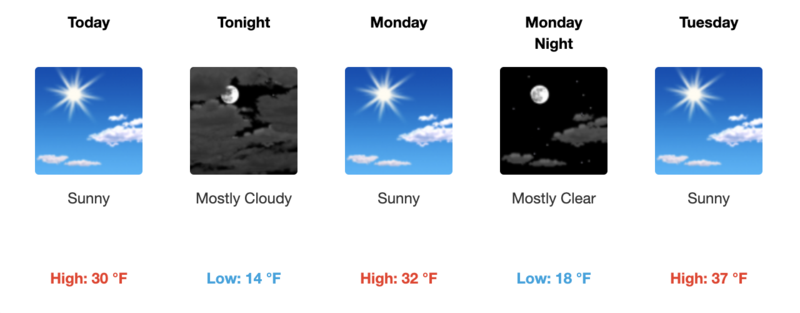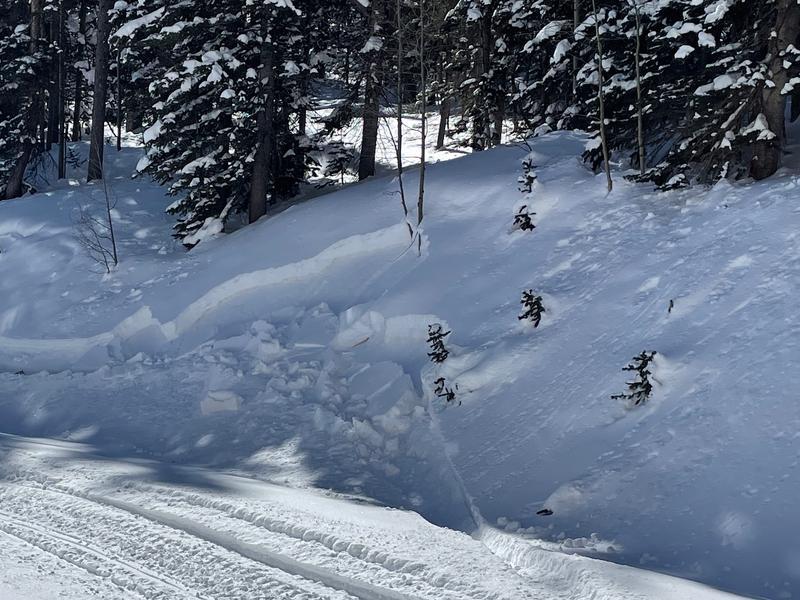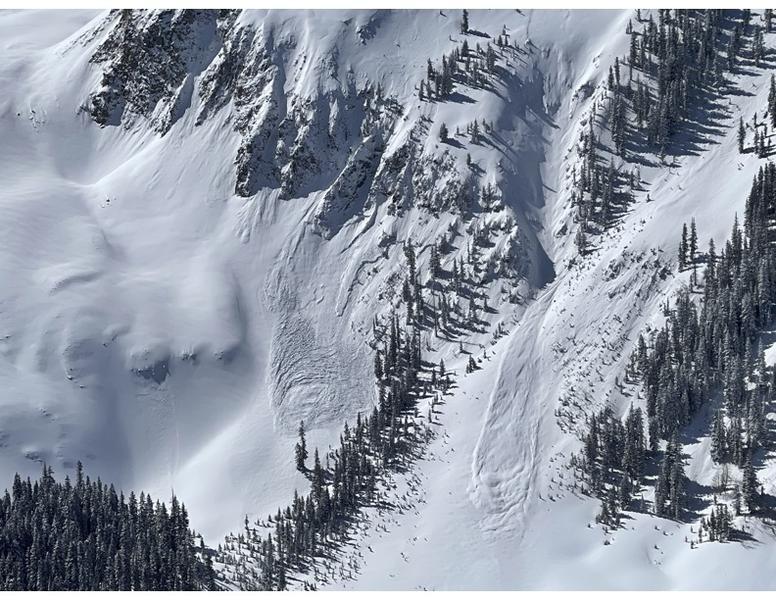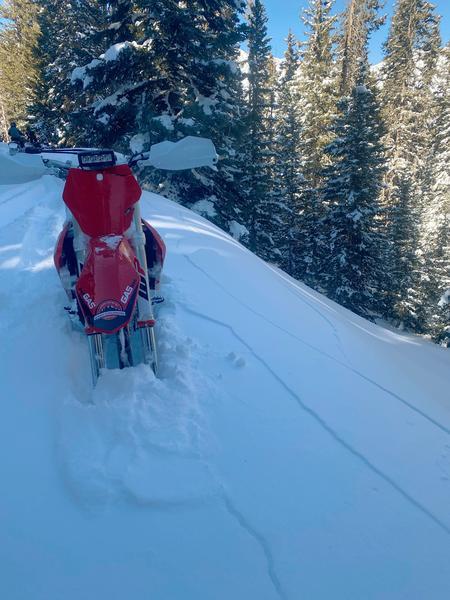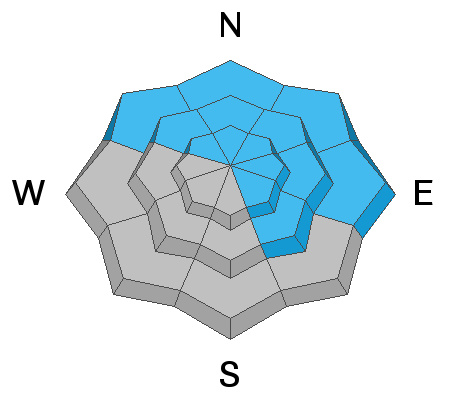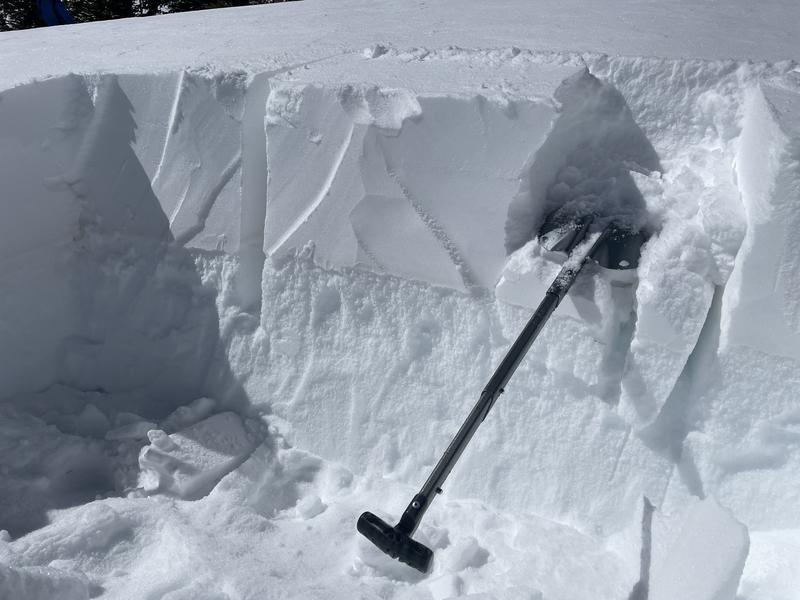Forecast for the Moab Area Mountains

Issued by Mark Staples on
Sunday morning, February 27, 2022
Sunday morning, February 27, 2022
With a widespread weak layer under this week's new snow, conditions remain dangerous on northerly facing slopes as well as ones facing east and southeast. Avalanches up to 2-3 feet deep are likely in these areas and the avalanche danger is CONSIDERABLE. With so much new snow, human triggered avalanches remain possible on other aspects where the danger is MODERATE although the new snow is stabilizing quickly.
Don't assume that riding and skiing well below treeline is safer. In fact it is the opposite situation because the weak layer that will produce avalanches is much more widespread near and below treeline while it's existence above treeline is more pockety.
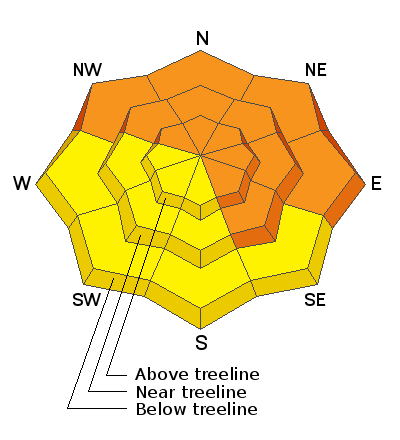
Low
Moderate
Considerable
High
Extreme
Learn how to read the forecast here


